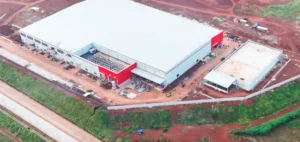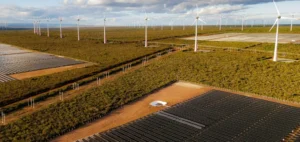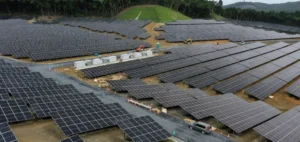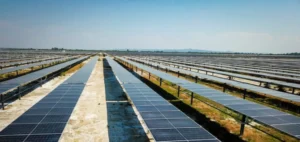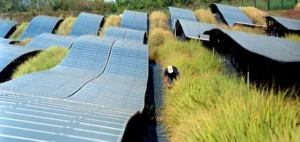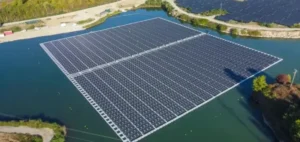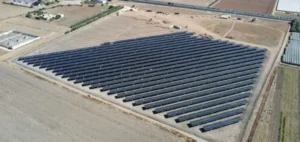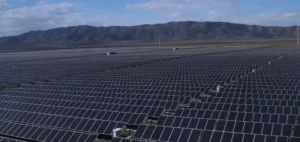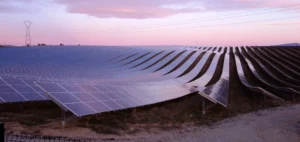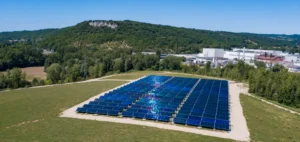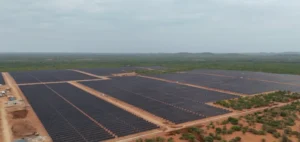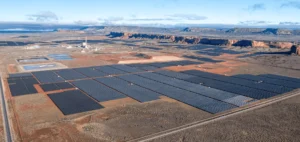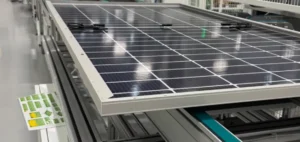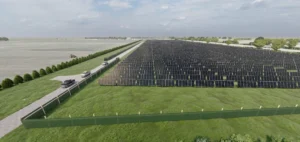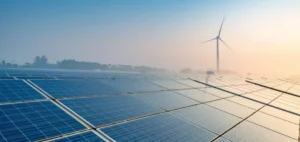JinkoSolar, announced to cross the 50% mark of renewable energy on its installations in 2022 and hopes to reach 60% in 2023.
A symbolic level
JinkoSolar, announces that 51.3% of its global installations are powered by clean energy. This achievement includes its 12 manufacturing plants in four countries, including China, Malaysia, Vietnam and the United States. They are powered by a mix of hydroelectric, solar and wind energy.
For JinkoSolar, this achievement is the culmination of an effort over the past three years. The company focuses on financing, building or locating new renewable energy sources near its plants. The solar installations on the roofs of its factories in various fields compensate for the energy they use and contribute directly to this progress.
The company equips its solar panels with energy storage systems to help reduce costs during peak periods. At the same time, JinkoSolar is trying to convince its suppliers to sign a commitment to go to 100% renewable energy. In fact, this commitment concerns the part of their activity related to the company’s products.
An ambitious goal
However, as the company’s capacity increases, the more difficult it is to get closer to your 100% goal. In recent years, the company has increased its production by an average of 40 to 50% each year. However, in 2022, the company will almost double its capacity compared to 2021.
Despite this, JinkoSolar is making great efforts to achieve this goal. The company signs power purchase agreements (PPA) with renewable energy suppliers. Three of its facilities in Chuxiong, Leshan and Penang, for example, run entirely on 100% renewable energy.
JinkoSolar faces the challenge of powering its plants without a suitable renewable energy source nearby. The company also faces challenges in finding sufficient renewable energy sources to meet the energy needs of operations. In addition, it faces the high rate of expansion of its power-hungry capacity.



